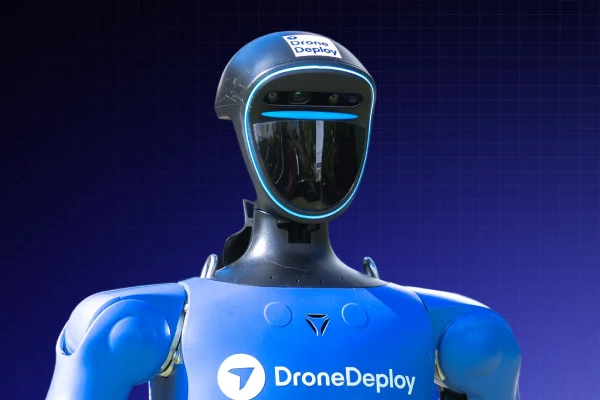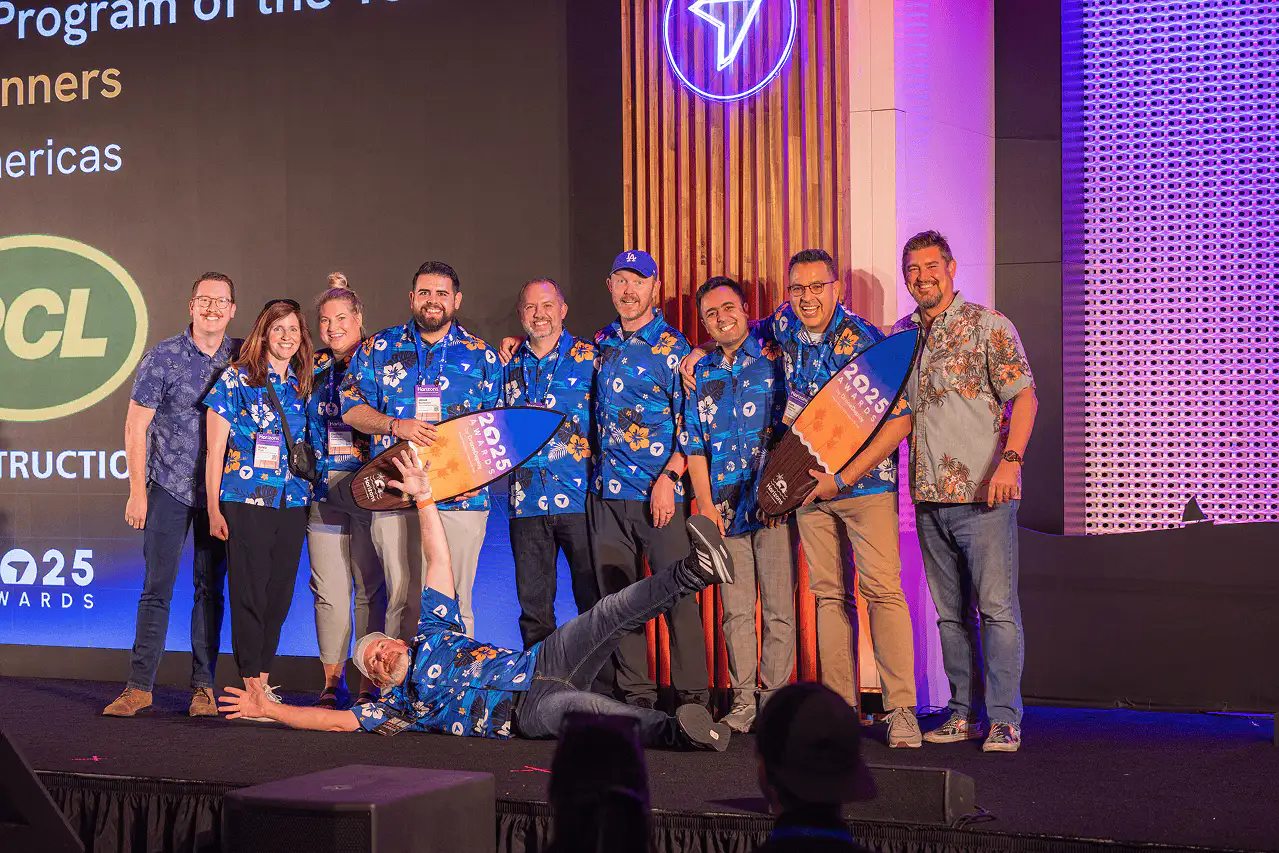Drone Mapping in the Caribbean: Estimating the Abundance of Sargassum Seaweed from the Air

Quick Summary
Director of her own organization, Marine Spatial Information Solutions (MarSIS), and a research associate at the Centre for Resource Management and Environmental Studies (CERMES) at the University of the West Indies in Barbados, Dr. Kimberly Baldwin is undoubtedly busy. Tracking the trickling effects of climate change in the Caribbean, her research focuses on the estimation, harvest, and removal of sargassum seaweed, a type of brown algae that floats in large mats for miles across the ocean. The rapid increase of sargassum in recent years not only threatens marine life entangled in its web, but also harms the local economy - specifically, the fishing and tourism sectors. In fact, influxes of the seaweed have been linked to an over 50% decline of select fish species, and at up to 8% total GDP of some Caribbean nations, a devastating loss.

While many governments have now organized clean-up efforts, they remain costly and reactive. Mexico has spent over $17 million removing this seaweed, with government-led clean-ups costing taxpayers over $7 million in 2018. Since 2011, CERMES has been working regionally on a number of sargassum management projects, and in 2019, when the ‘SargAdapt’ project was established to manage the impacts of and improve adaptation to sargassum influxes across the Caribbean, Dr. Baldwin, a marine ecologist by nature, first saw these trends up close. Seeing this devastating impact, she quickly agreed to take the lead on developing a standard Drone Monitoring Protocol to quantify the amount of beached sargassum. As she nears the end of the first year of the SargAdapt Project, we sat down with the multi-hyphenate scientist to discuss how drone technology can be used to tackle the impacts of climate change and capitalize on potential opportunities to support sargassum management efforts.

The Challenge
Dr. Baldwin explained that increases in sargassum are linked to a continuously warming planet. In recent years, influxes have not only increased in quantity but also in terms of frequency, now occurring up to eight months out of the year, oftentimes with critical marine life such as sea turtles and dolphins entrapped. With piles of beached sargassum up to 3 meters high, these rotting masses pose a health hazard to the coastal marine ecosystem ( like seagrasses, coral reefs and mangroves) and beach visitors alike. However, as she explained, if the sargassum could be harvested while still fresh, it could become part of the $13 billion global commercial seaweed market, thereby helping to offset the losses in tourism and fishery revenues, critical to livelihoods in the Caribbean. To inform clean-up operations and attract business entrepreneurs to take up the challenge of valorizing sargassum, it would be critical to be able to accurately measure and monitor the amount of raw material available.
Recognizing the time sensitivity of removal operations, Dr. Baldwin set out to create a surveying and estimation workflow that could be applied by teams working with her across the Caribbean. As an already-certified Part 107 pilot, drone technology seemed a natural fit.
I chose DroneDeploy as our drone management software because it’s the most accurate, and by far the easiest to use - everything from information planning, creation, and regional distribution of the results is now possible within one platform.”

Dr. Kim Baldwin, Director, Marine Spatial Information Solutions

The Solution
Dr. Baldwin utilizes DroneDeploy solutions developed for construction and agriculture as her conservation tools of choice. The Plant Health Variability Index is leveraged to quickly map and quantify the abundance of beached sargassum, and in a DroneDeploy first, is employed to map offshore mats of sargassum still floating in the ocean. Dr. Baldwin has also been able to map coral reefs up to a kilometer offshore with true-to-scale results. “We're able to detect the location of coral heads and even map the three-dimensional reef rugosity to show underwater features such as crevices or reef slope,” Dr. Baldwin stated.

From here, Live Map is used both on and offshore to ‘ground-truth’ mapping features, like identifying sea turtle nests or critical fishing areas. The tool is also leveraged to annotate the communities’ space-use patterns and knowledge of impacts to coastal infrastructure, with potential mitigation measures written directly on the aerial maps.
Compared to scientific surveying methods, this process presents a radical improvement in time, cost, and resources. “Previously, our team had to walk kilometers of shoreline, gather field samples, and manually process the data,” Dr. Baldwin explained, “this project is really exciting because accurate data collection is now easier, faster, and far more cost-effective than ever before!”

The Results
While traditional, physically-intensive beach field surveys may take up to three hours to conduct, a drone beach survey takes just 20 minutes and can cover 4 times the survey area. Additionally, panoramas, landscape photos, and video surveys provide supplementary information on the condition of beach monitoring. When integrated with drone mapping results, annotated field observations using DroneDeploy’s Construction Progress Report template documents findings, which is an added value for site-level planning and regional management applications. Moreover, cloud-based processing and centralized data storage allows drone teams around the Caribbean to work collaboratively with minimal resources to capture, store, and easily share information with various stakeholders around the world.

Since 2016, Dr. Baldwin has trained over 400 people across seven Caribbean islands in drone operations and mapping surveys. Throughout the course of the SargAdapt Project, the CERMES internal drone team has grown to four full-time individuals, plus rotational student volunteers. During year two, Dr. Baldwin will create a User’s Guide for the sargassum Drone Monitoring Protocol and train five drone teams (comprising 50 people) across the Eastern Caribbean in its use.

This fall, Dr. Baldwin will be presenting the SargAdapt Drone Monitoring Protocol at the 74th Gulf & Caribbean Fisheries Institute as part of the Sargassum Science and Management Session. She hopes that by making her research more accessible, drone-powered solutions will continue to gain traction in the Caribbean as an affordable, efficient remedy to collaboratively managing environmental challenges in a changing climate.
If you’re interested in getting started with drones in conservation, watch our webinar on the basics of surveying, or check out our Drones for Good program.
FAQ
Related articles
Ready to manage your data from the very start?
Book a quick call to see how DroneDeploy streamlines capture from construction through building ROI.
.svg)
.png)


